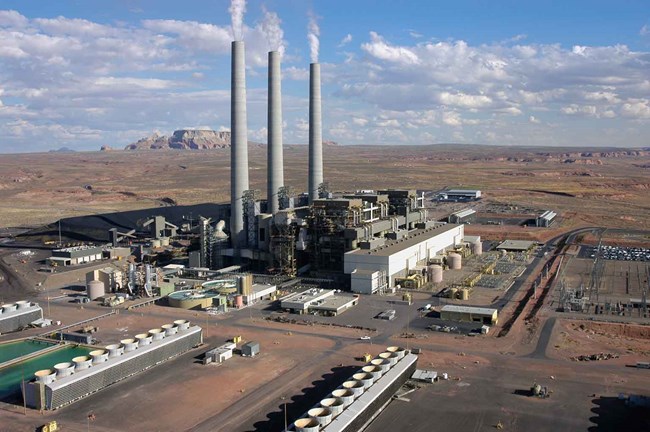
Provided by SRP
The majority of air pollution impacting parks comes from outside park boundaries. The Clean Air Act provides both requirements and opportunities to protect parks from air pollution impacts. Class I areas in particular receive special protection for air quality, sensitive ecosystems and clean, clear views.
The NPS plays a specific role in implementing the Clean Air Act requirements for the prevention of significant deterioration of air quality, providing important protections and considerations for Class I areas. States and the Environmental Protection Agency (EPA) must engage the NPS when making permitting decisions that could affect the air quality and clarity of views in Class I areas. When a Class I area might be affected by emissions from a proposed new source of air pollution, site-specific evaluations are used to determine whether emissions from the source will cause an adverse impact to air quality related values (AQRVs). AQRVs are resources that can be affected by air pollution such as plants, animals, soil, water, odor, clarity of views, or cultural resources. Learn more about AQRVs in parks by visiting the Park Air Profiles pages or AQRV Inventory Products page.
The Federal Land Managers' Air Quality Related Values Work Group (FLAG) was formed to evaluate air pollution effects on AQRVs and to provide State permitting authorities and potential permit applicants consistent guidance regarding assessment of new and existing source impacts on AQRVs. The National Park Service (NPS), the U.S. Fish and Wildlife Service (FWS) and the U.S. Forest Service (USFS) make up FLAG.
Additional Information
Last updated: December 6, 2018
